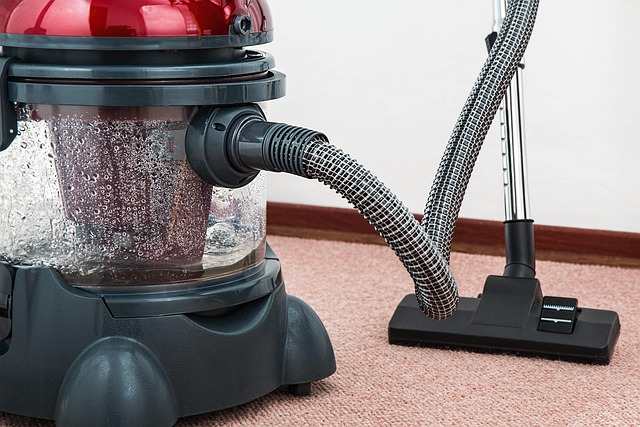Technology continues to transform daily life, and home cleaning is no exception. With rapid advancements in smart devices and automation, traditional cleaning routines are being replaced by more efficient, user-friendly methods. These new tools save time and provide cleaner, healthier living environments. This post examines how smart devices are leading the way, how multi-function cleaning tools are gaining popularity, and more.
Smart Devices Are Leading the Way
Smart home technology is becoming a major part of modern life. Cleaning devices are now being built with similar capabilities. Robotic vacuum cleaners were an early sign of this shift. Now, machines can navigate rooms using advanced sensors and mapping software. These tools avoid obstacles and clean spaces with minimal human input.
More recent models connect to smartphones and allow remote control scheduling. These features let users customize their cleaning routines based on their lifestyle needs. Smart speakers and voice assistants also enhance convenience. Users can now start or stop cleaning tasks using simple voice commands.
Multi-Function Cleaning Tools Are Gaining Popularity
Homes often have a mix of surfaces, from hardwood to tile to laminate. Keeping all of these clean traditionally required multiple tools and products. Recent innovations have led to the rise of multi-surface floor scrubbers, which offer a more flexible solution.
These tools can switch between different floor types without damaging delicate materials or leaving residues. This advancement reduces the need for separate devices and simplifies storage. It also supports more consistent results across different rooms and surfaces. Some newer models also feature built-in water filtration and variable cleaning models. These adapt to the level of dirt or the type of floor being cleaned.
Sustainable Cleaning Is Becoming a Priority
Environmental concerns are influencing consumer choices in many areas, including home cleaning. Manufacturers are responding with eco-conscious designs that use fewer chemicals and less water. Microfiber technology, for example, enables effective cleaning with minimal detergent.
Battery-powered devices are now more energy efficient. Rechargeable lithium-ion batteries provide longer life and reduce the need for disposable replacements. Refillable cartridges and reusable pads are also becoming more common.
These reduce waste and long-term costs without sacrificing performance. Consumers are increasingly looking for products that balance convenience with sustainability. Future innovations will likely focus even more on this dual goal.
Integration with Broader Smart Home Systems
Modern cleaning technology is not just becoming smarter, it’s also becoming more connected. Smart cleaning devices now integrate with home automation platforms. These include lighting, security, and HVAC systems.
A connected ecosystem allows for more streamlined routines. For instance, vacuuming can start automatically when a homeowner leaves the house. Sensors in air purifiers or thermostats can detect increased dust or pet dander. This data can then trigger a cleaning session automatically. These integrations create a home environment that feels cleaner and also adapts to changing conditions. The result is greater comfort and better air quality over time.
Touchless and Contactless Technology
Health and hygiene have become a larger focus in recent years. Cleaning innovations reflect this shift in user priorities. Touchless trash cans, automatic soap dispensers, and UV sanitizing tools are becoming more common in households. These tools minimize contact and help prevent the spread of germs.
Some vacuum models now empty themselves into sealed bags, reducing the need to touch dirt or debris. UV-C light is being used in new ways, from sanitizing floors to disinfecting handheld devices. These tools are useful in homes with children, elderly residents, or allergy sufferers. Expect future developments to prioritize hygiene and reduce cross-contamination risks even further.
Challenges and Considerations
While cleaning technology is advancing rapidly, there are still challenges to address. High initial costs can deter some users. While devices may save time and money in the long run, not everyone can afford the upfront investment.
Compatibility issues with older smart home systems can also limit functionality. Manufacturers must consider broad integration to improve user adoption. Privacy is another concern. Devices that map homes or track usage must have strong data protection policies in place. As the industry moves forward, balancing innovation with accessibility and trust will be key to long-term success.
Endnote
The future of home cleaning is full of potential. Smart devices and sustainable designs are redefining how we care for our living spaces. What once required manual effort and a shelf full of supplies can now be handled by integrated systems that learn, adapt, and optimize over time. These innovations are not just about convenience.
They aim to create healthier, cleaner environments with less effort and more consistency. As technologies become more affordable and widespread, home cleaning will continue to evolve and make everyday life easier for everyone.

